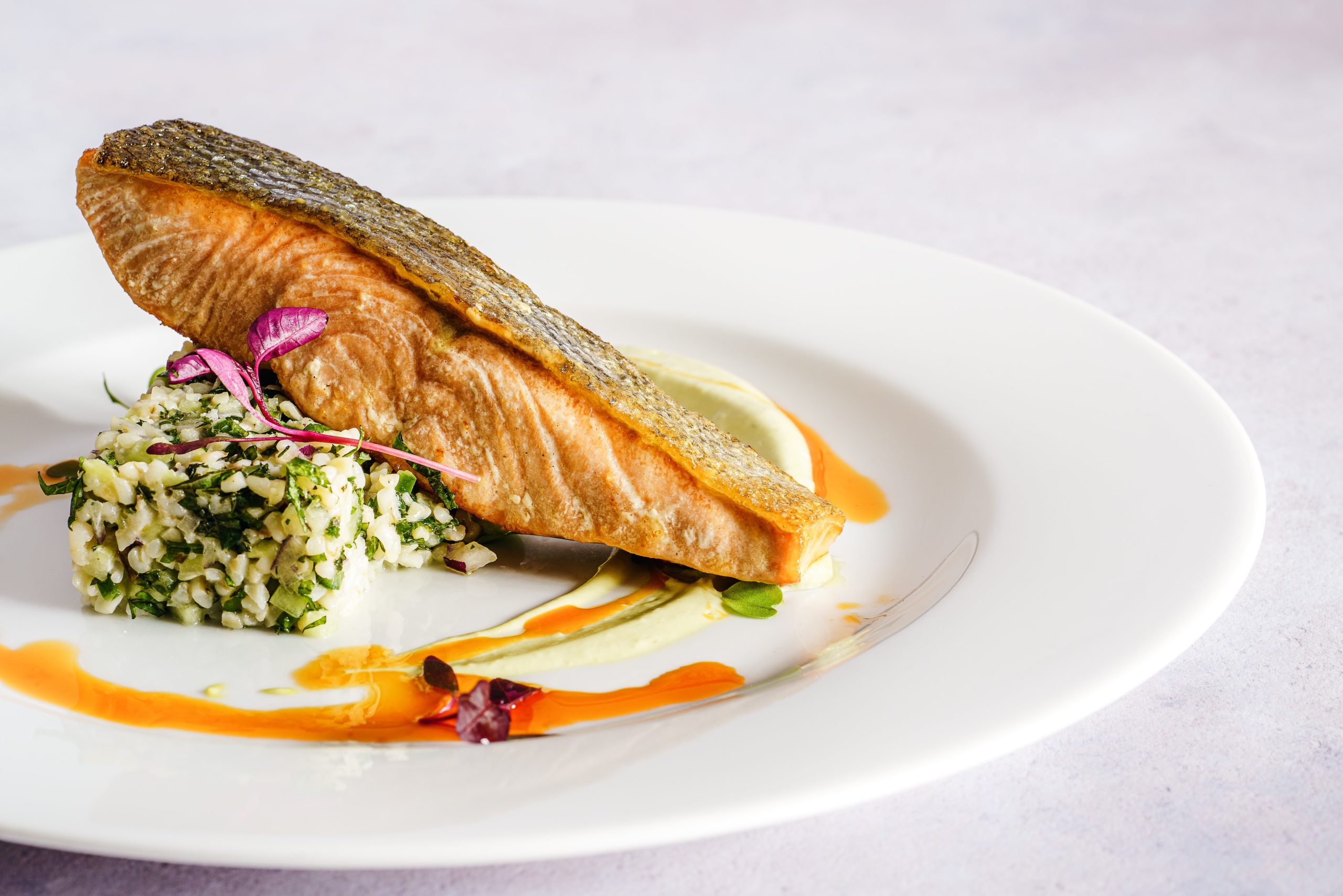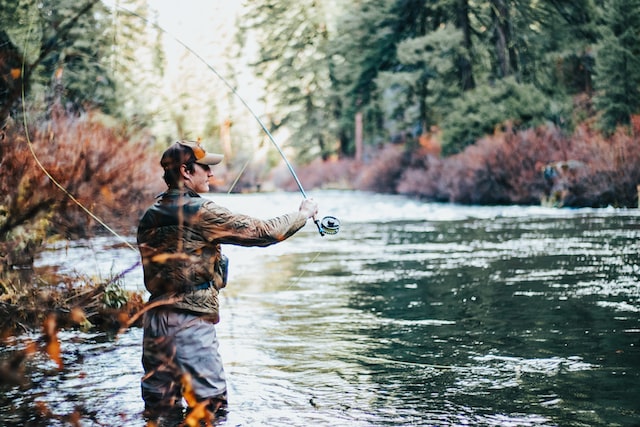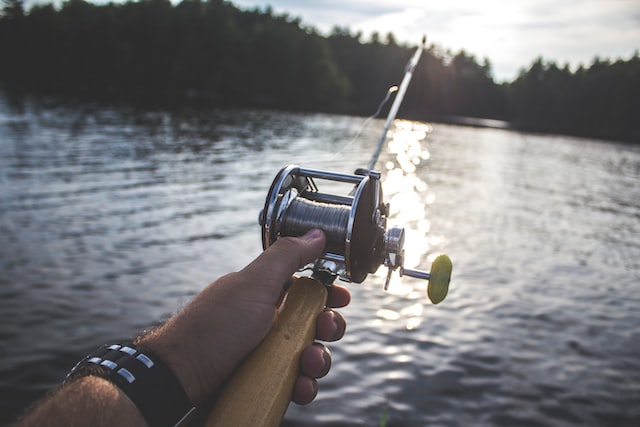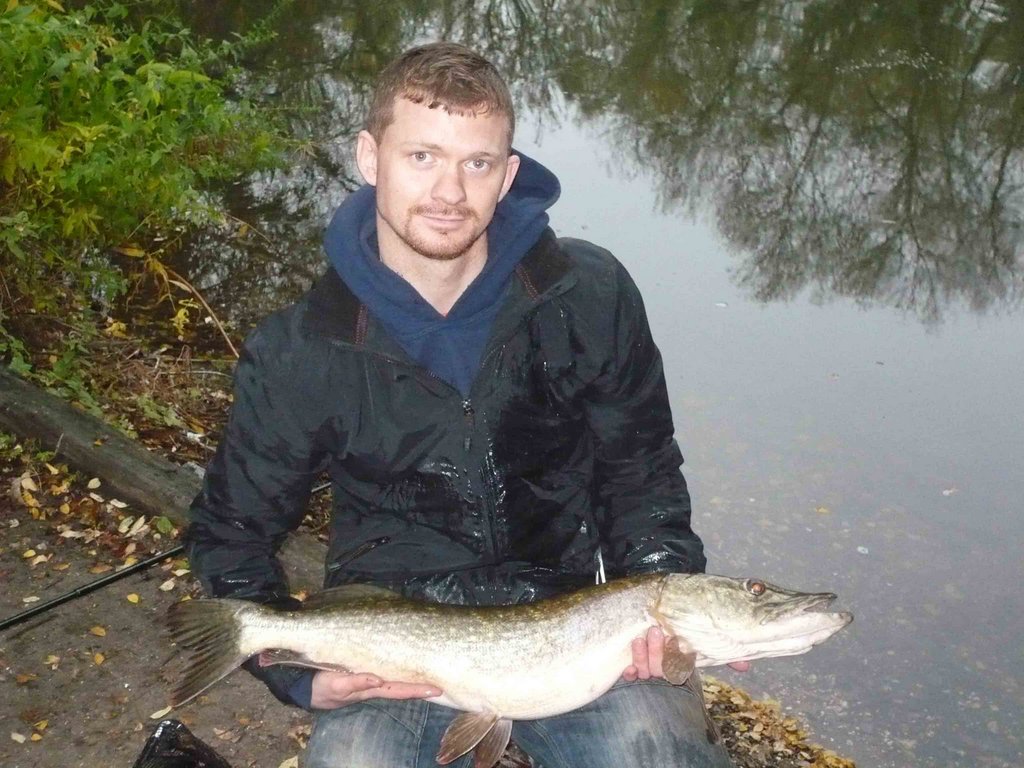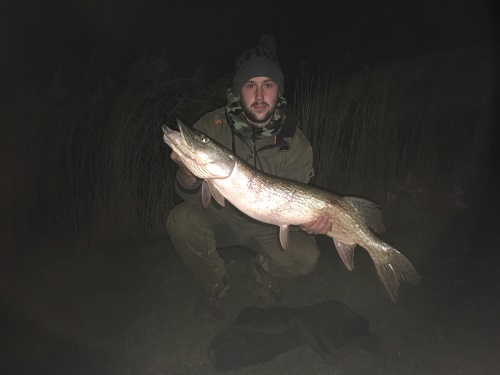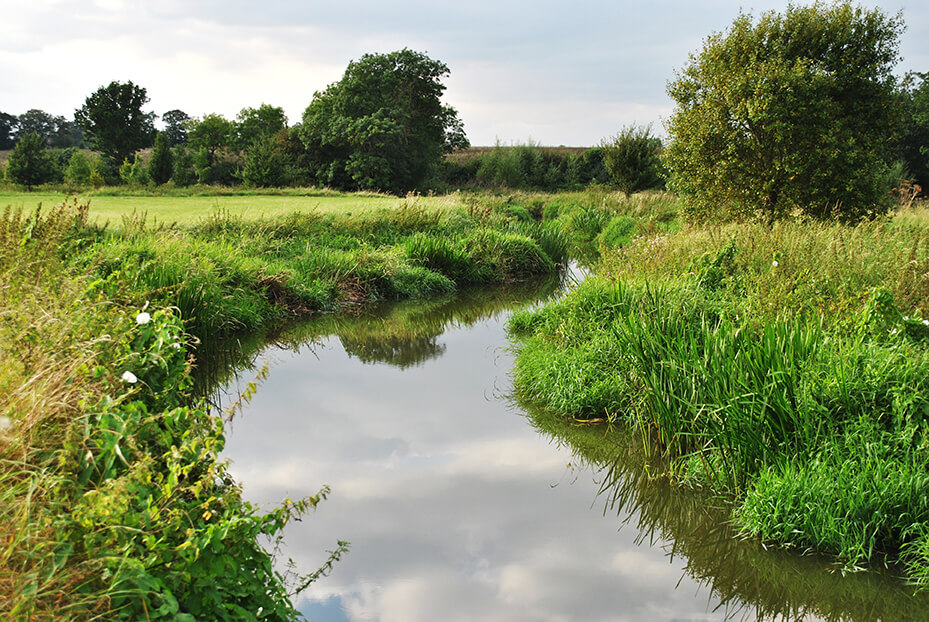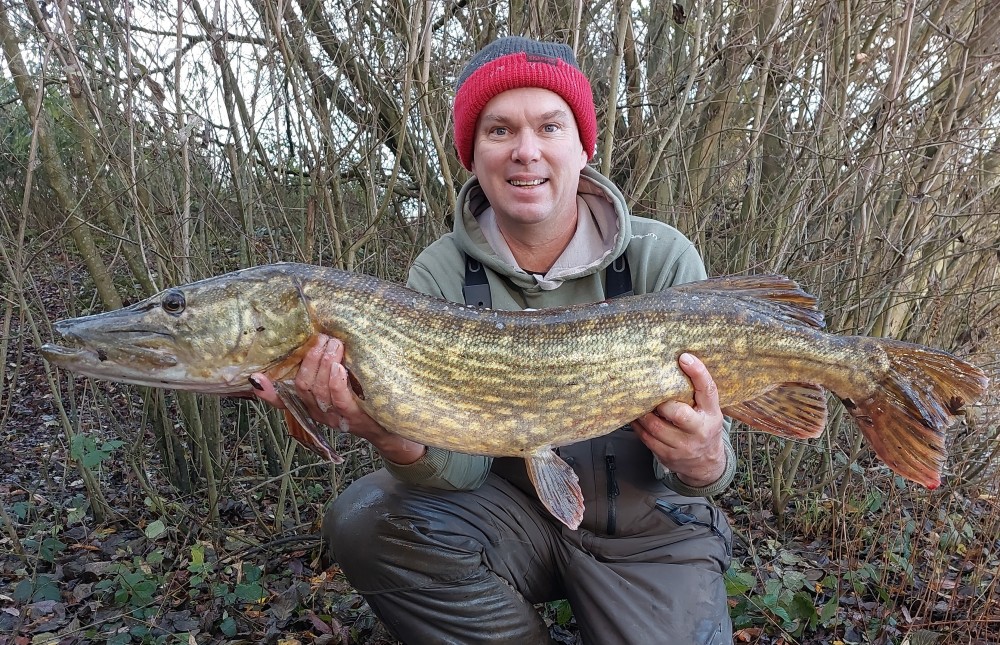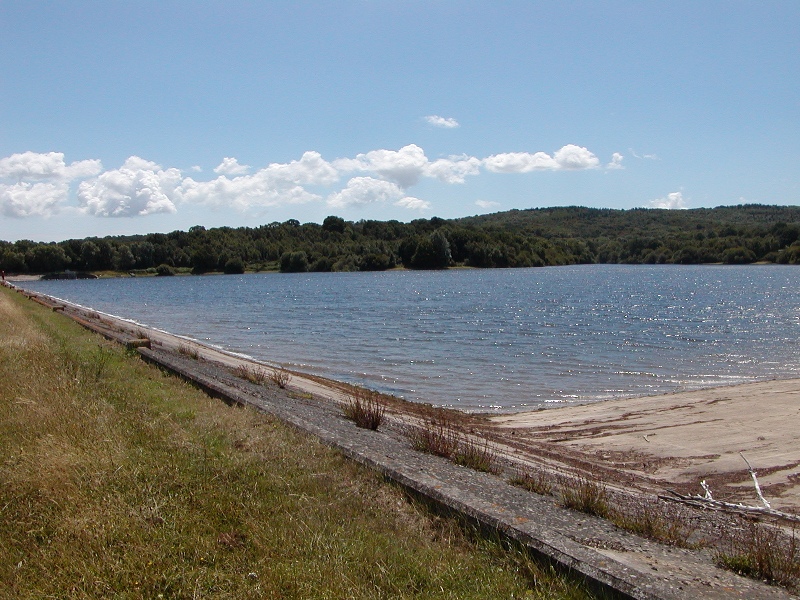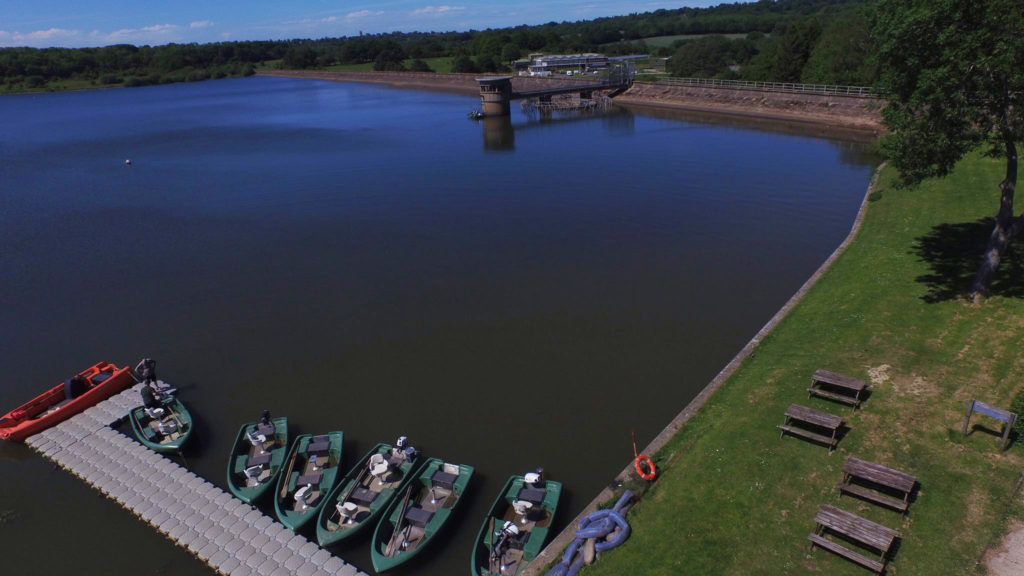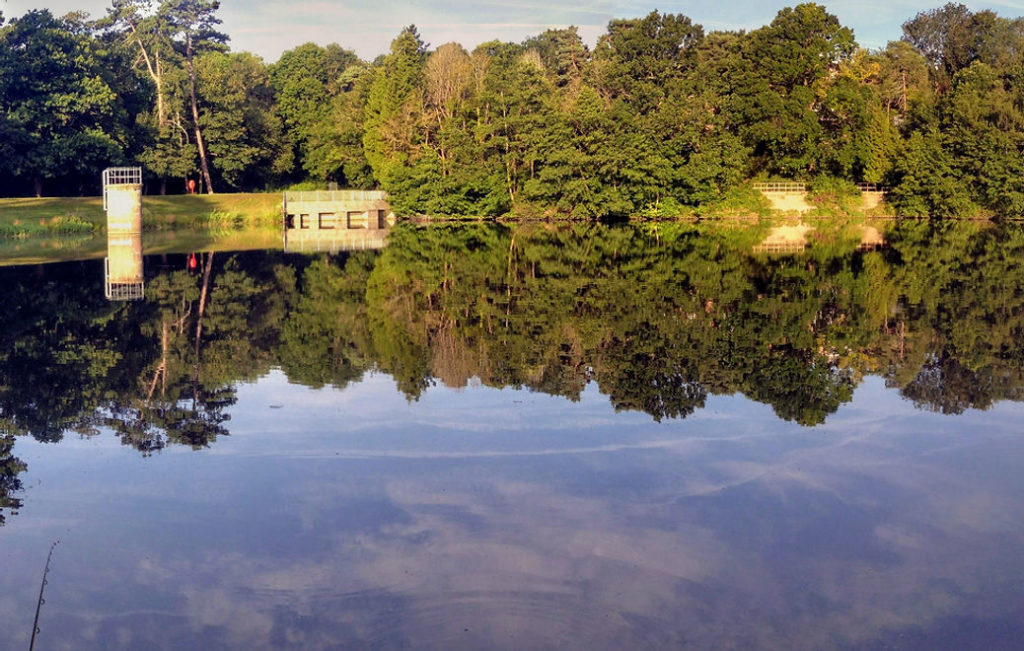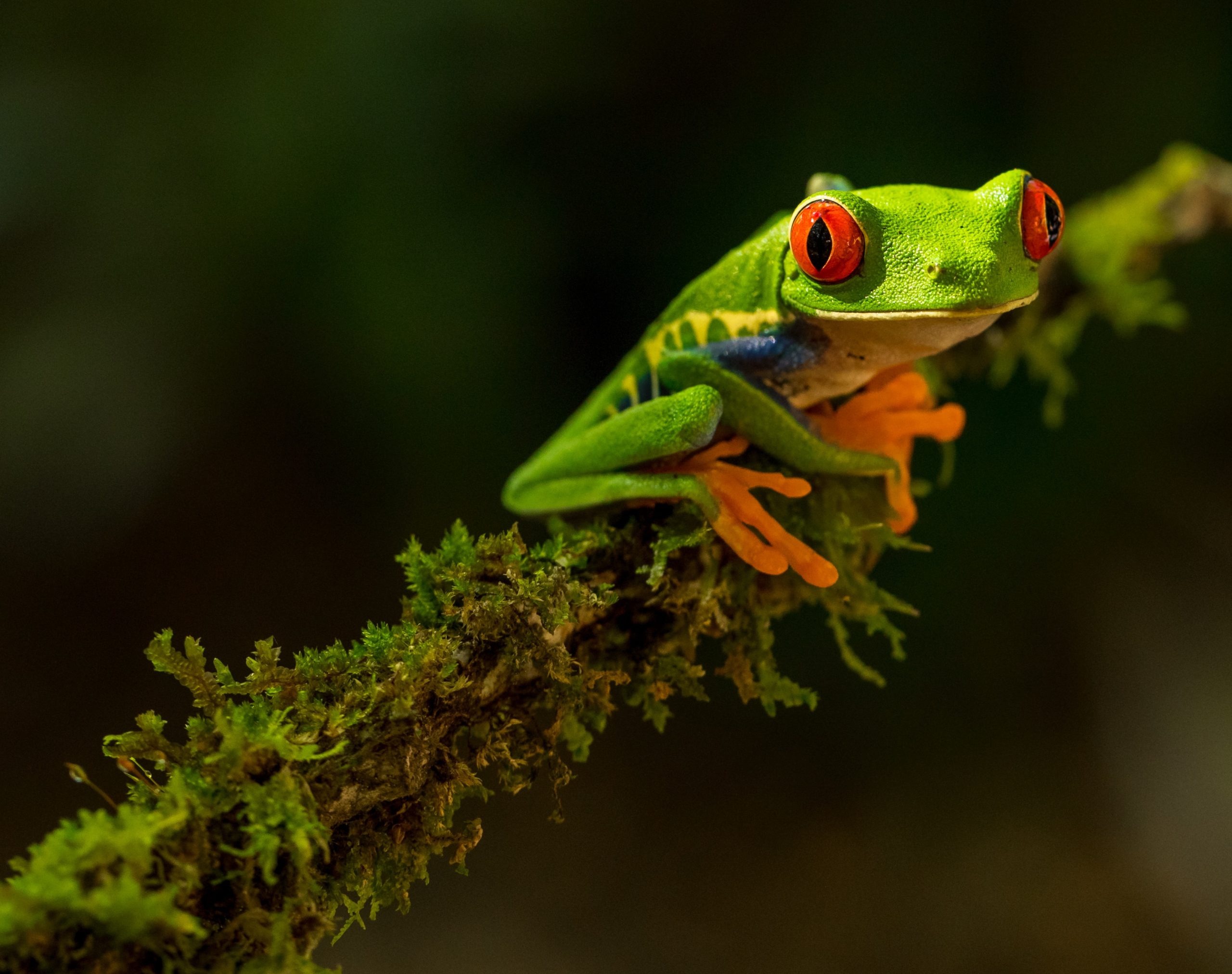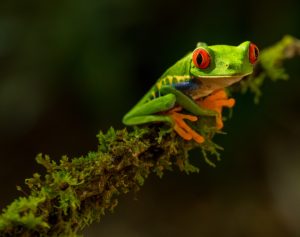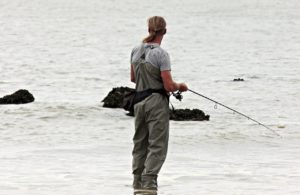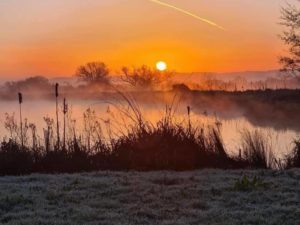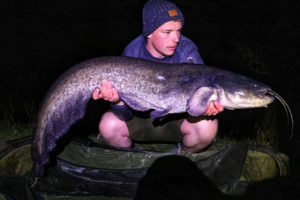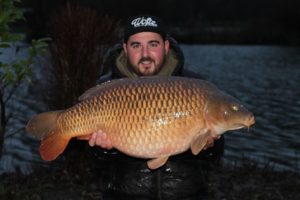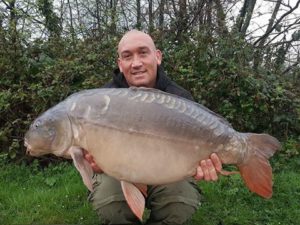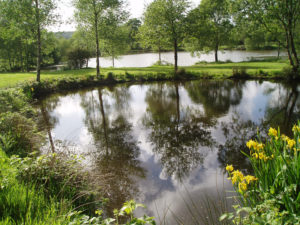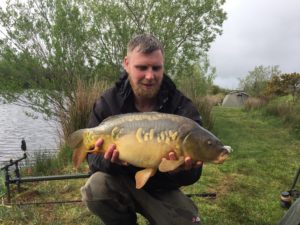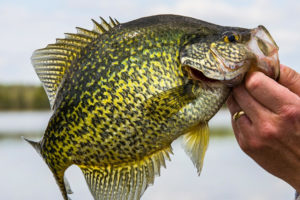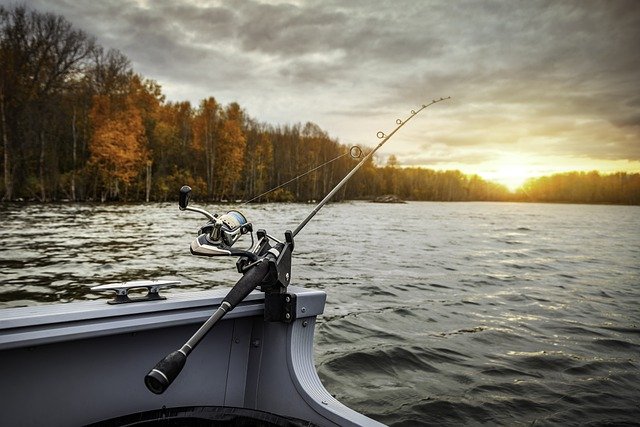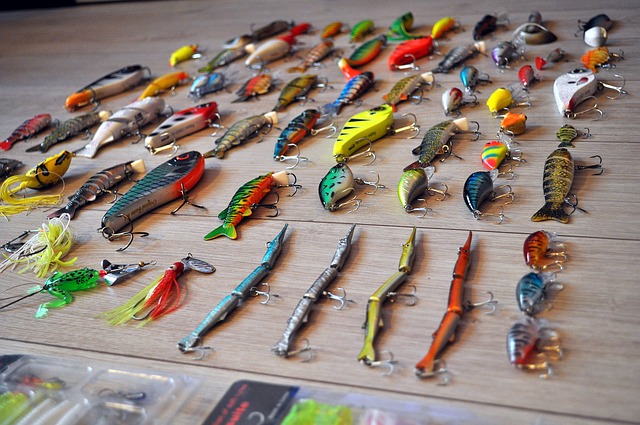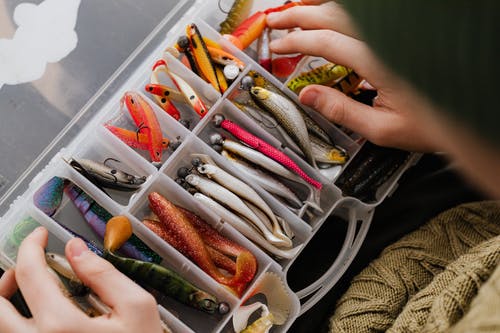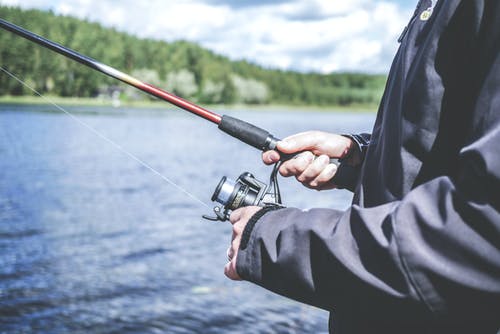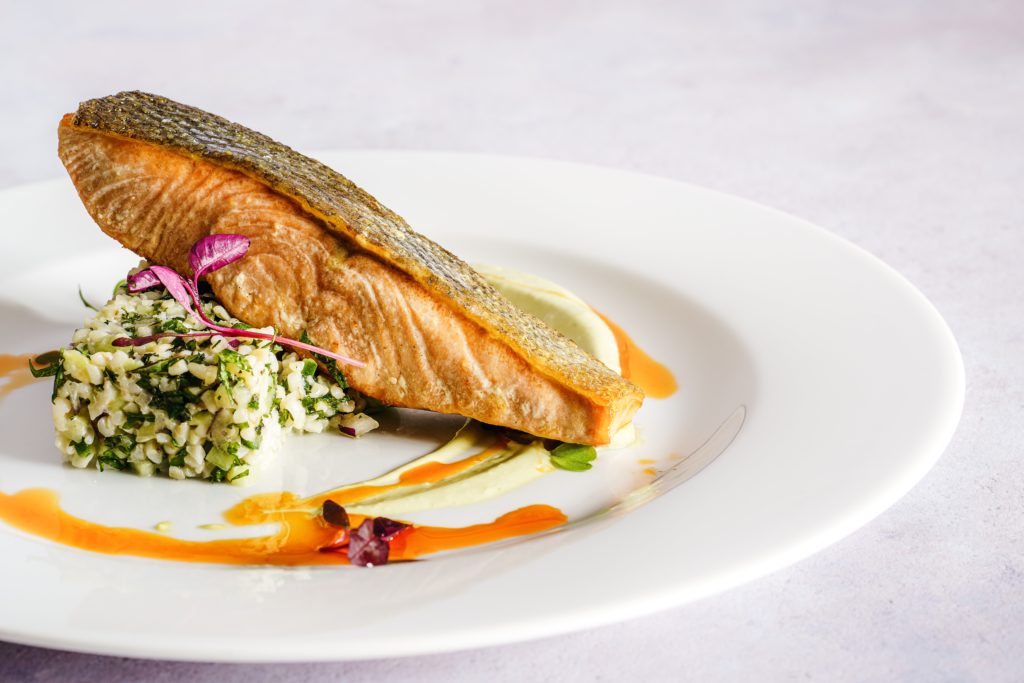
1. Singaporean Chilli Crab
One of Singapore’s most iconic dishes, Singaporean Chilli Crab, is the island nation’s best-known pescatarian dish. In the 1950s, Cher Yam Tian modified the family crab recipe by substituting chili for tomato sauce. This is how Singapore Chilli Crab came to be.
Despite its name and appearance, the chili crab is not particularly spicy. A slightly thick sweet and savory tomato sauce with just enough chili to give it a medium spice is stir-fried with the mud crab.
The crab is typically served with the shell on and eaten with the hands while paired with a platter of fried mantou, a Chinese steamed bun.
2. Cacciucco Alla Livornese
This is an Italian-style thick and dark fish-based soup. The dish perfectly captures the flavor and energy of Livorno, a Tuscan port city situated where the Tyrrhenian and Ligurian Seas merge. The dish is usually made right at the seafood market.
This Tuscan seafood stew is made from varieties of fish and mollusks. The base of the dish is a mixture of pepper, garlic, and sage. Cacciucco also contains cuttlefish, octopus, some shrimp, and different kinds of blue-tailed fish.
3. Shorshe Ilish
Hilsa, cooked with mustard paste, is a traditional Bengali dish popular among the people of Bangladesh and India. This edible fresh water fish is found mainly in the rivers and streams of Bangladesh, India, Pakistan, and Myanmar, and also in the Persian Gulf region.
Shorshe ilish is famous for its incredibly soft, fatty meat and oily texture. The dish, along with the kick of white mustard paste, coconut paste, and tons of spices, makes this recipe a must-try.
There is nothing more heavenly than a serving of steaming rice with some hilsa chunks and mustard gravy. Hilsa and mustard have such a flavor that they were meant to go together!
4. Thai Mango and Shrimp Curry
This Thai Mango Curry with Shrimp is a crazy-flavorful and healthy pescatarian dish that is also gluten and dairy free. A staple dish in Thai restaurants, this mango curry is a perfect balance of sweet, spicy, and tangy flavors.
The combination of umami (shrimp and fish sauce), juicy tropical mango, anise, and local Thai curry spices makes this dish an instant hit.
After cooking, the curry is allowed to sit for an hour to allow the flavors to fully develop. The curry is then reheated and served with jasmine rice for a filling, delicious tropical-inspired meal.
5. Buttered Halibut
The Mediterranean seaside is where this recipe is most beloved. Because of its simplicity, it is a real crowd-pleaser; the buttery sauce adds to bring out the flavor of the halibut fish, and the lemon adds freshness and acidity without overpowering it.
Buttered halibut is easy, fresh, and full of lemony, buttery flavors. This healthy pescatarian dish is a traditional summer dish found in Syria.
The dish is served with Daka—another traditional salad in Syria, also famous in Palestine; a combination of mashed green chili, garlic, tomatoes, parsley, and a dash of lemon juice and olive oil.
6. Salmon Burgers with Avocado Salsa
This Mexican pescatarian dish is to die for if you are into burgers. A wildly typical and loved dish, this is flavorful, healthy, and fresh. These cute little grilled salmon burgers are a must-try in summer if you are in Mexico.
This burger is a backyard classic, perfect for entertaining friends and guests.
The avocado salsa, mixed with red and green chilies and tomatoes, goes perfectly with the recipe and enhances the whole burger experience.
7. Classic Fish and Chips
This is probably the most common and beloved dish for a pescatarian. This dish is found all over the world for its simplicity. The dish’s origins can be traced back to England, where these two ingredients were brought over from different immigrant cultures.
Fish and chips, which are sometimes regarded as Britain’s national dish, are a popular take-away meal in the United Kingdom.
Cod fish is the most popular choice for its mild and tender flavor. It serves as a wonderful compliment to the breading on top and the tartar sauce that you serve with the fish and fries.
8. Cá Kho Tộ (Vietnamese Fish Hot Pot)
Ca Kho To is a type of Vietnamese caramelized and braised catfish. Ca loc, or snakehead fish is commonly used as the main component of this dish. This fish is cheap and well-liked for having more flesh and fewer bones. This braised catfish dish is eaten all over the year due to its availability.
With a little kick of chili added to the mix, this meal perfectly illustrates the sweet/salty balance Vietnamese cuisine is about. Cooked in a clay pot for hours, the braised fish gets soft and mixes well with the chili, fish sauces, and spices.
The thick gravy texture complements the dish with sauteed vegetables and even plain sticky rice.
9. Saumon à l’oseille
Saumon à l’oseille is a french pescatarian dish consisting of a salmon fillet with spinach dock in a creamy fish sauce. Known as one of the French’s most delicate cuisines, it’s made with salmon cooked in fish stock, with sorrel leaves, lemon, butter, dry white wine, and various other ingredients.
The cream base is made with the salmon-infused fish stock, with the addition of white wine and butter-glazed shallots. The salmon is fried, then combined with the sauce and served.
This French delicacy pairs well with Chevalier-Montrachet and Corton-Charlemagne wines.
10. Chingri Malai Curry
This is a traditional Indian dish from the Bengal region. Chingri means prawn, while malai means the cream of milk. It starts with a coconut milk base and prawns that have been spiced with garam masala and cooked in ghee or mustard oil with onions, spicy chili peppers, garlic-ginger paste, and turmeric.
Served usually with plain rice, the dish is thick and creamy with all the coconut base, Bengali spices, chilies, and ginger-garlic paste that enrich the whole flavors and experience.
11. Sudado De Pescado
This is a Peruvian-style fish stew. This is an easy-to-make pescatarian dish. Peruvians love sudados, a dish that comes in a variety of flavors. This simple stew, which is seasoned with tomatoes, garlic, onions, and chilies, is a traditional method for preparing fish in northern Peru.
The main cities in Peru, as well as the capital, are still on the coast. So it is no surprise that most of the famous dishes here consist of seafood. The meal is a hearty and appetizing course that warms both the heart and the stomach and is served with rice or sweet potatoes.
12. Fischbrötchen
German food has much more to offer than just sausages, sauerkraut, and pretzels, despite being best known for them. Due to the region’s proximity to both the North Sea and the Baltic Sea, seafood is a common ingredient in Northern German cuisine.
The renowned Fischbrötchen, though, is the most well-known dish. It’s a type of fish-stuffed sandwich roll common in Hamburg. For the filling, fish like souses herring or bismarck herring are used, while shrimp and fried fish are also commonly used instead.
13. Japanese Sushi and Sashimi
Sushi is undoubtedly one of Japan’s most famous, well-known, and exquisite cultural contributions, and as a pescatarian, you can’t talk about the best seafood in the world without bringing it up.
Sushi is typically made with a base of vinegar-flavored rice mixed with a variety of ingredients, including raw or cooked fish, other seafood, and vegetables.
The whole rice base with the fish is eaten with a touch of wasabi, a pungent, green paste. Sushi is usually accompanied by saki, a Japanese rice wine. Although the dish’s origins are in Japan, it has found its way all over the world with its variations.
14. Spanish Paella
Paella de Marisco is regarded as Spain’s national dish. Fresh seafood and paella rice are combined in this amazing seafood meal to evoke the flavors of the Spanish coast.
Over the years, the dish has evolved with the use of various fish bases like shrimp, fish, clams, mussels, and lobsters.
Onions, garlic, and bell peppers are sauteed in the pan. Then tomato is added until it has a cream-like consistency. Then the paella rice is added to the seafood broth mixture. The cooked fish, clams, and mussels are then placed over the rice to simmer and enhance the flavor of the rice.
Conclusion
What’s not to love about fish-based dishes around the world? Every country has its own unique blend of spice mixes and ways of cooking fish.
If you want to enrich your tastebuds with various fish dishes, you are in for a treat. Additionally, as a pescatarian, if you’re seeking some fresh fish or seafood recipes, this list is ideal for you!
